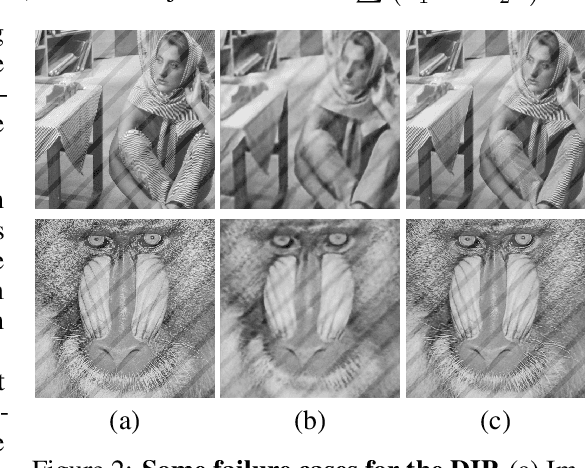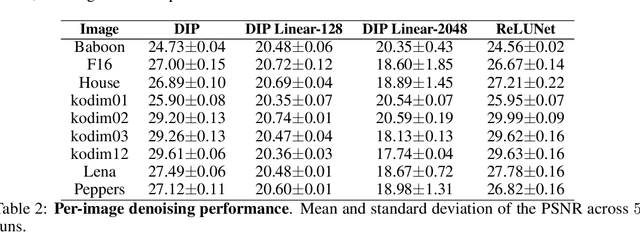The Spectral Bias of the Deep Image Prior
Paper and Code
Dec 18, 2019



The "deep image prior" proposed by Ulyanov et al. is an intriguing property of neural nets: a convolutional encoder-decoder network can be used as a prior for natural images. The network architecture implicitly introduces a bias; If we train the model to map white noise to a corrupted image, this bias guides the model to fit the true image before fitting the corrupted regions. This paper explores why the deep image prior helps in denoising natural images. We present a novel method to analyze trajectories generated by the deep image prior optimization and demonstrate: (i) convolution layers of the an encoder-decoder decouple the frequency components of the image, learning each at different rates (ii) the model fits lower frequencies first, making early stopping behave as a low pass filter. The experiments study an extension of Cheng et al which showed that at initialization, the deep image prior is equivalent to a stationary Gaussian process.
 Add to Chrome
Add to Chrome Add to Firefox
Add to Firefox Add to Edge
Add to Edge